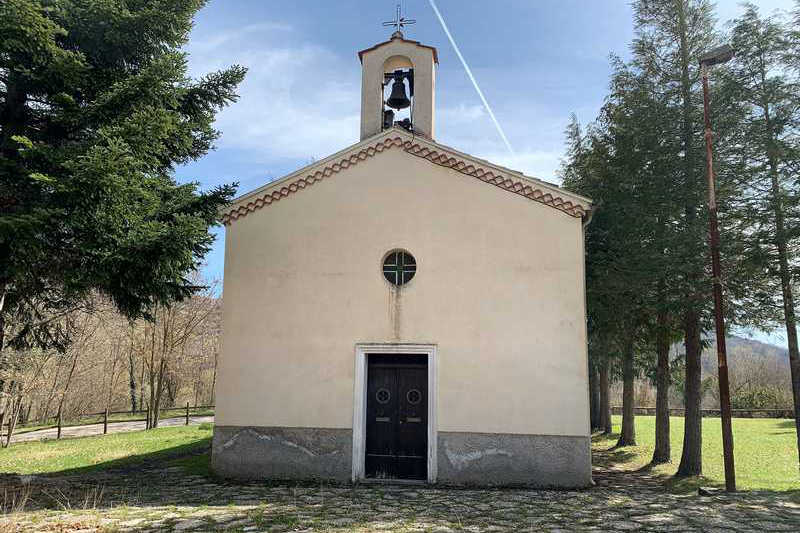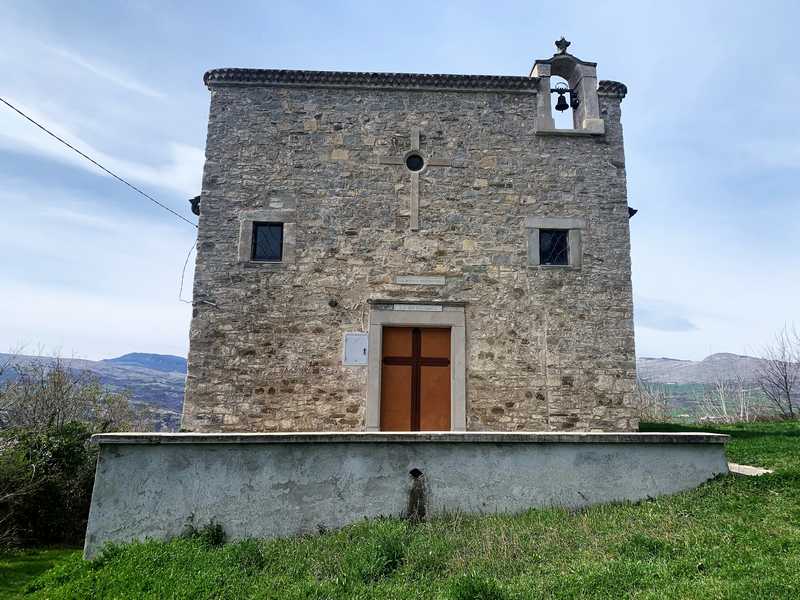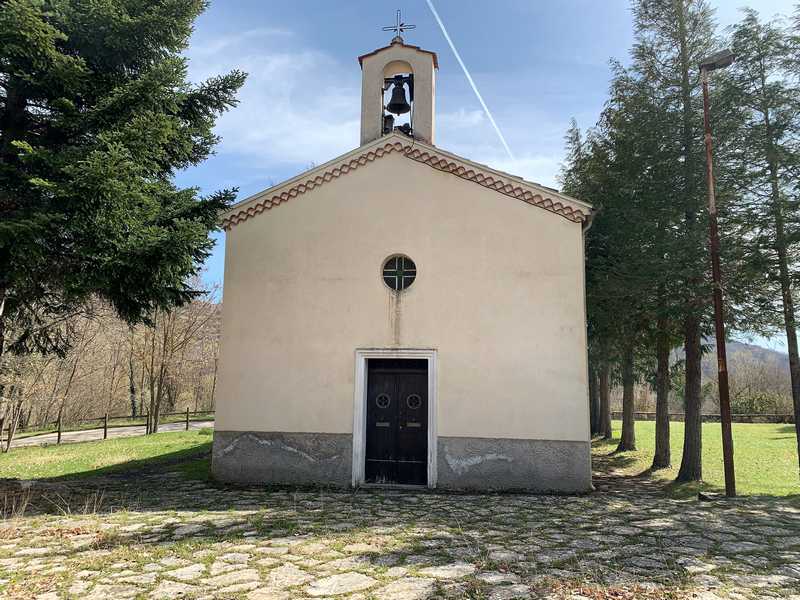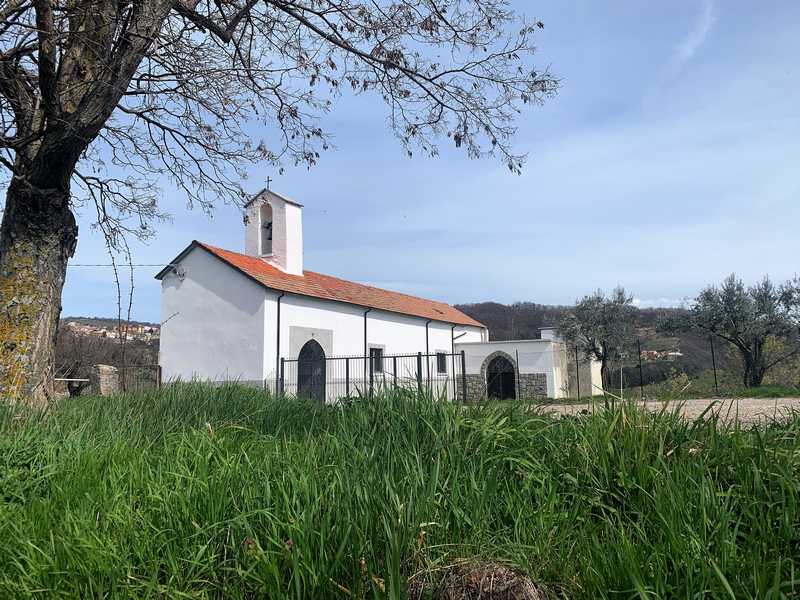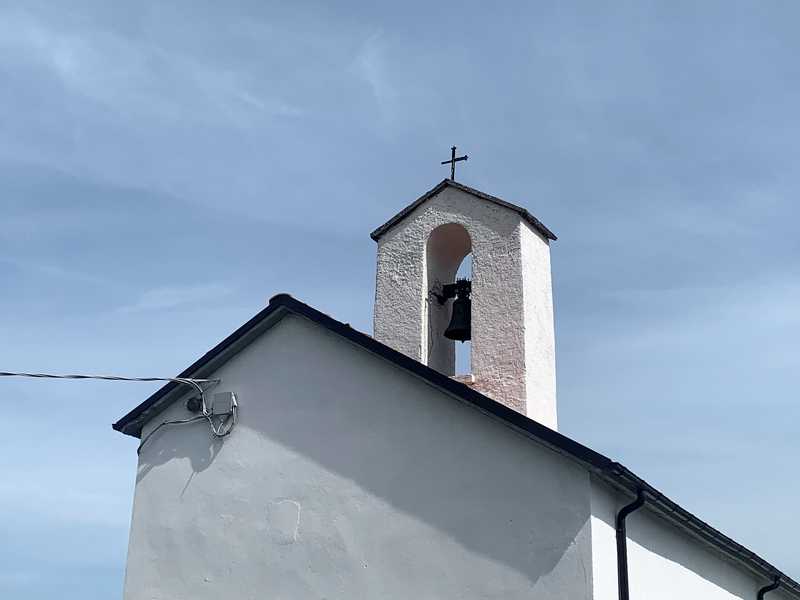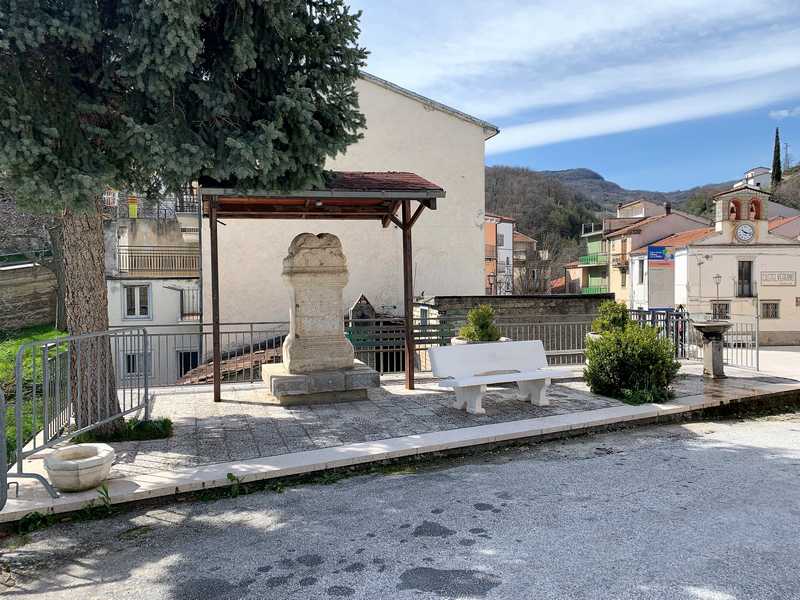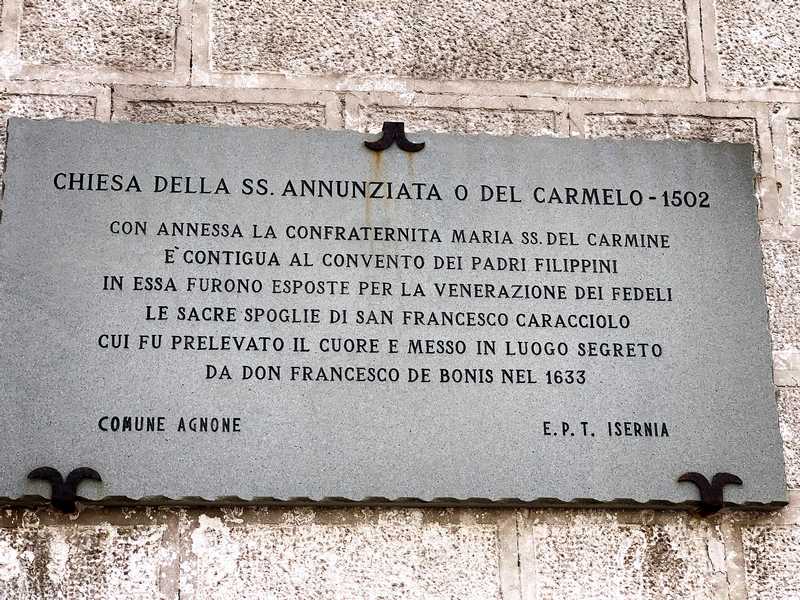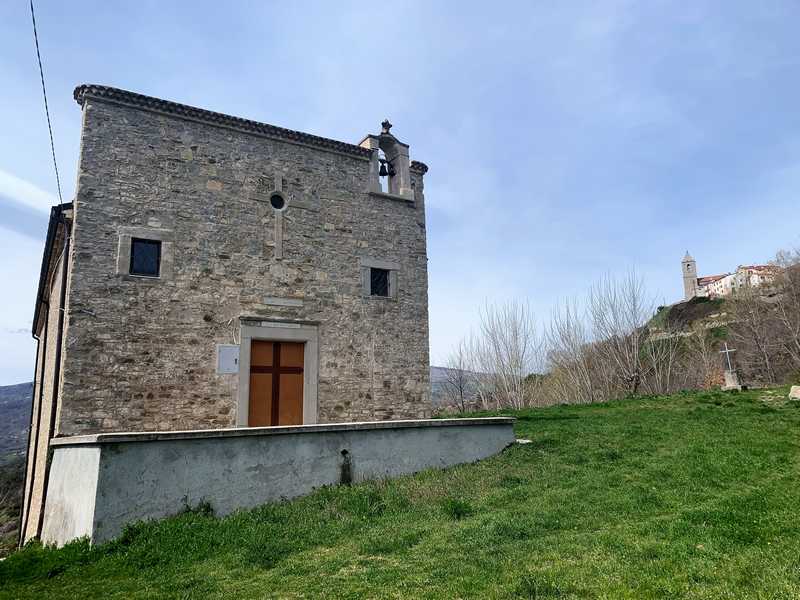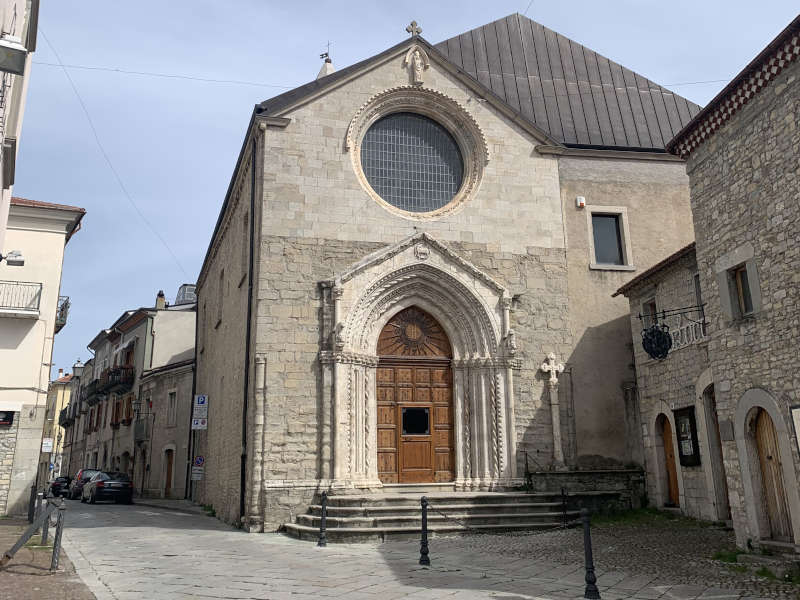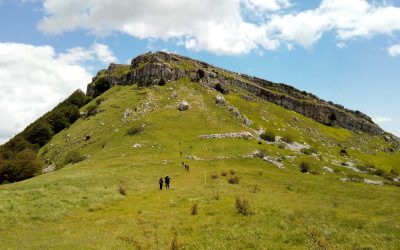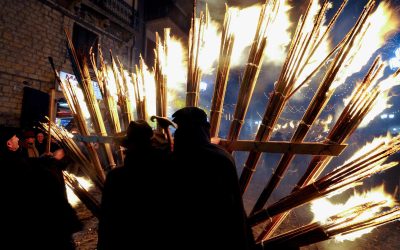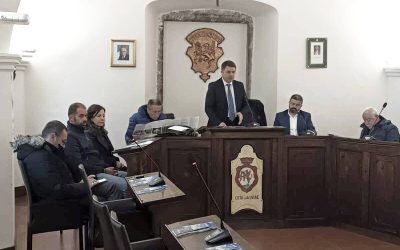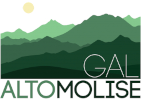| Itinerary | WAY OF THE COUNTRY CHURCHES - Itinerary 10: Castelverrino - Agnone |
|---|---|
| Region | |
| Start point | |
| Difficulty | |
| Lenght | |
| Walking time | |
| Height difference | |
| Maximum quota |
Course description
The tenth stage of the Way of the Country Churches marks the conclusion of the connection between all the municipalities involved in this fascinating itinerary. This is a relatively easy stage, carried out entirely on paved secondary roads, which takes the walker through an environment characterized by the presence of the Verrino Creek. The route begins with a gentle descent that takes the traveler into the picturesque valley. Along the way, one encounters the lovely little church of St. Lucy, meticulously maintained and full of spirituality. Continuing parallel to the course of the stream to the foot of the hill that houses the town of Agnone, a town of great historical and cultural importance, walkers will face a significant climb. Through this climb, they will reach the top of the hill where there are two other churches of great artistic and religious value: the church of Santa Maria Assunta and the church of San Rocco. These places of worship testify to the deep devotion of the local community. It has now reached the gates of the ancient village of Agnone, a place steeped in history and charm
, where you can breathe a unique atmosphere. Arrival at this point ideally marks the end of an adventurous journey on foot that led pilgrims to discover a largely unknown but extremely fascinating territory. The tenth stage thus represents the culmination of a walking experience characterized by the beauty of the natural landscapes, the artistic richness of the churches and the authenticity of the places visited along the way.
Useful information
Equipment and practical advice
EQUIPMENT
To optimize your equipment, carefully read information about the route to be taken and the weather and climate forecast. This could be a list of basic equipment:
backpack suitable for real needs –
At least 1L of water (2 in warm months/hot drink in winter) – Hiking map – guide – sunglasses – multifunctional penknife – head flashlight – smartphone battery charger – powerbank – camera – insect repellent – first aid kit – rain jacket – airtight bag for valuables and clothing to keep dry in case of rain – bag for trash – anti inflammatory ointment – personal medication.
Bring some light and nutritious food such as dried fruits, chocolate bars, candy, honey (energy snack). Pack your lunch in advance or be sure to pass through a town in case you need supplies. Bring trekking poles that assist in pushing uphill and help with stability on rough trails. The presence of streams and wooded trails makes some trails impassable and very muddy in heavy rains. High, waterproof hiking shoes are essential here, along with good quality (breathable) socks, which should never be underestimated! Your clothing should not lack: Windbreaker/waterproof jacket; Hat; Gloves for low temperatures.
TIPS & BEHAVIOR
Although it may seem superfluous, we recall the need to behave properly and respectfully toward others and the environment, each person making his or her own contribution by bringing back with them what would harm the environment. The path can be walked all year round, but of course spring and autumn offer the best weather and landscape conditions. For many high stretches, periods of large winter snowfall should be avoided, and in the hottest summer period, water supply and travel time should be well calculated to move during the milder hours and stop during the hottest hours. The path is well marked with comfort flags and marker arrows.
Let’s not damage the plants, let’s remember that we walk through protected environments that need to be protected. We do not light fires. We keep dogs on a leash or harness, mandatory in protected areas. We do not abandon waste. We prevent all fire hazards. We also take into account that some trails may be challenging in bad weather conditions. We always follow the official trails and when in doubt turn back to the last marked trailhead. In Molise, free camping is prohibited in certain areas, therefore, facilities that can accommodate must be used.
CAI Classification of Routes
Italian Alpine Club classification of routes according to difficulty in hiking and cycling
EXCURSION SCOPE
T = Tourist
FEATURES
Routes on cart tracks, mule tracks or obvious paths that pose no uncertainties or problems of orientation, with modest inclines and moderate elevation changes.
SKILLS AND COMPETENCIES
Require basic hiking knowledge and physical fitness for walking.
EQUIPMENT
Appropriate clothing and footwear are still required.
E = Hiking
FEATURES
Routes that represent the majority of hiking routes, thus among the most varied in terms of natural environments. They take place on mule tracks, trails and sometimes tracks; on different terrain by geomorphological and vegetation context (e.g., pastures, undergrowth, debris, scree). They are generally marked and may have steep sections. Easy, unexposed rock passages can be encountered that require the use of hands for balance. Any exposed spots are usually protected. They can cross flat or shallowly sloping areas on residual snow.
SKILLS AND COMPETENCIES
They require sense of direction and hiking experience and adequate training.
EQUIPMENT
Suitable equipment with special regard to footwear is required.
EE= Experienced hikers
FEATURES
Nearly always marked routes that require ability to move along trails and tracks over impervious and/or treacherous terrain (steep and/or slippery slopes of grass, rocks or stony debris), often unstable and uneven. They may have exposed sections, traverses, ledges or rocky sections with slight technical difficulties and/or equipped, while via ferratas proper are excluded. They are developed on medium to steep slopes. Crossing sections on snow may be necessary, while all glacier routes are excluded.
SKILLS AND COMPETENCIES
Need excellent hiking experience, orienteering skills, knowledge of the characteristics of the mountain environment, sure-footedness and absence of vertigo, evaluative and decision-making skills as well as adequate physical fitness.
EQUIPMENT
Require appropriate equipment and gear for the planned itinerary.
EEA = Experienced hikers with equipment
A ferrata is defined as a route whose sections on rock are specially equipped with metal structures: cables, chains, ladders, pegs and stirrups, which facilitate and enable its progression. They provide for the use of personal protective equipment certified according to current regulations (harness, via ferrata kit and helmet) and adequate technical preparation. They are marked at the start by special signs and meet precise construction and regulatory criteria.
Points of interest
Church of Santa Lucia della Posta
The small church of Santa Lucia delle Poste was built between the 15th and 16th centuries in the locality, called ‘Posticchia,’ indicating the resting place of shepherds. In fact, we are located on the Celano-Foggia sheep-track, a short distance from the Trigno River, surrounded by a forest of turkey oak and oak trees. Now located in the municipality of Agnone, the small church stands at the border point between several municipalities, and in fact the feast and devotion to the Syracuse saint still gather faithful pilgrims from surrounding towns.
The small church had a strategic location and was an important stopping point and for animals to water. The sacred ground welcomed the remains of shepherds who passed away along the Transhumance journey.
The chapel’s construction would date back to the period between the 15th and 16th centuries and is supposedly due, according to tradition, to an Apulian farmer who owned the surrounding land and built it as a sign of gratitude to the Syracuse saint. During a reconnaissance trip of his lands,a prodigious event would occur: the farmer’s blind daughter would have a vision of the saint and miraculously regain her sight. Also legendary is the story of the statue of St. Lucy, according to tradition made from a piece of wood that a farmer wanted to take home and use for the fire but which became very heavy and impossible to transport. Small and colorful, the statue was adorned on feast days with gold jewelry, including the characteristic little hands to ward off the evil eye.
In 1832, as we read at the entrance to the chapel, it was restored and enlarged by Baron Baldassarre Gigliani, a relative of the Apulian farmer. Ownership of the little church has passed to several families, and today the place is cared for by a group of volunteers.
The saint of Syracuse is celebrated between June 24 and June 29. The surrounding villages have different customs related to this place. Particularly noteworthy are the chant dedicated to the saint by the people of Salcito and the procession of the Verginelle, 30 girls from Pietrabbondante who would walk to the church in white dresses, make laps around the church and walk on their knees down the nave of the church to the altar.
Small windows can still be seen, positioned near the three entrances, once used by shepherds to wet their hands with holy water and look at the statue of the saint when access to the small church was not possible.
Church of Our Lady of the Assumption
Despite the great importance of the church and adjoining abbey in the religious life of the town, there is no definite record of the foundation of the small temple known in the past as Santa Maria de Anglono. The only written evidence related to the history of the small church are two inscriptions in Angevin Gothic font that would attribute its construction in 1372 to Robert of Taranto, a member of the family of Princes Di Sangro.
According to other sources, by the 9th century the shrine was not only already in existence but an object of great devotion and a pilgrimage destination. Even a story is told of a Neapolitan worshipper who, having obtained a pardon here, would in gratitude have the church dedicated to St. Mary in Agnone built in his hometown. A monastery of Benedictine nuns would later rise next to the sacred building. The church, which was destroyed during a bombing raid in 1943, is said to have given its name to the street in the historic center of Naples that is still called ‘vicolo Santa Maria ad Agnone’. In the 15th century, the importance of the abbey was such that the rector of the church of Sant’Emidio, then located extra moenia and today on the outskirts of Agnone’s historic center, was responsible for offering the lamb used to prepare the rich lunch eaten in the abbey itself by the Agnonese clergy and aristocracy on the feast day of the Assumption of Mary. Participation in the celebrations by the rural faithful was characterized by greater frugality: pilgrims used to reach the church on the eve of the celebrations and spend the night in prayer there. As in other shrines, some pushed themselves to reach the altar by walking on their knees.
More detailed news is available about the latest events affecting the church and abbey: with the last abbot gone in the early 1900s, the management of the church passed to the Caracciolo family. Later sold to a private individual, the latter entrusted it in the 1960s to the pastor of San Biase Church. The subject of recent restoration and consolidation work, it was reopened for worship in 2021.
Church of San Rocco
Affectionately called ‘Sand Rucchill‘(St. Rocchillo) by the Agnonese because of its small size, the small church is the centerpiece of the very strong devotion to the saint from Montpellier that the Agnonese community celebrates on two dates: August 16 and the second Sunday in October. In a document dated 1668, the church is mentioned as a ‘grange’ (and thus, dependency) of the church of Sant’Amico located within the city walls. The foundation of the site is therefore to be considered prior to this date. According to tradition, in fact, the saint is said to have protected the city on several occasions and in particular during the terrible plague wave of 1656. The discovery of human bones suggests that the cemetery function of the church. On the feast day of August 16, the custom of distributing blessed bread, once made by the women of the parish of St. Anthony Abbot Church, still remains.
Trivia
: The August 16 festival coincided with the sale of the first almonds with which the typical drink of the festival, almond milk, also called the ‘lattata,’ was made.
Church of St. Lucy
The small church of Santa Lucia, once the site of an abbey, was built between 1200 and 1300 near the confluence of the Verrino River and the Zelluso Creek. It houses the small 14th-century Abruzzi-made statue of St. Lucy, which, in fact, was probably originally made as a statue depicting the Madonna in an interesting state. This would be evidenced by the custom of reaching the little church by pregnant women who used to donate ex-votos related to pregnancy and childhood. The cult to the Syracusan saint would therefore come later. The feast of the saint, which falls every year on the first Sunday in June, is nonetheless very much attended by the faithful from all the villages overlooking the valley. In fact, the festival represented for many the long-awaited first ‘outing’ after the long winter period. The statue is kissed by the faithful who receive the anointing of the eyes and then go outside through a side door to bathe their eyes with water from the Zelluso valley to which miraculous properties are attributed. Following this, the faithful attend the Holy Mass officiated on the esplanade, carry the saint in procession and watch the fireworks.
3D Map
The linked App is not related to the website, but provides additional convenience in using the presented content. Its use is voluntary. If the app is not yet installed on your device, you will be redirected to the corresponding App Store.
Castelverrino – Agnone
(km 9.16)
Itinerary 10
Departure: Castelverrino
Arrival: Agnone
Distance: 9.16 kilometers
Walking time: 2h 00′
Difficulty: Tourist
Height difference: +470 -300
100% asphalt
Cyclability: Yes – presence of sections with steep slopes
Recommended Period: Spring, summer, autumn
GPX files: Download
![]()
![]()
![]()
Frame or click the QR code and open the Web App
It should be noted that the routes may include sections where vehicular traffic is concurrent.
Photographs
Other Itineraries
![]() I1: Civitanova del Sannio – Poggio Sannita
I1: Civitanova del Sannio – Poggio Sannita![]() I2: Poggio Sannita – Belmonte del Sannio
I2: Poggio Sannita – Belmonte del Sannio![]() I3: Belmonte del Sannio – Agnone
I3: Belmonte del Sannio – Agnone![]() I4: Agnone – Capracotta
I4: Agnone – Capracotta![]() I5: Capracotta – Pescopennataro
I5: Capracotta – Pescopennataro![]() I6: Pescopennataro – Sant’Angelo del Pesco
I6: Pescopennataro – Sant’Angelo del Pesco![]() I7: Sant’Angelo del Pesco – Castel del Giudice
I7: Sant’Angelo del Pesco – Castel del Giudice![]() I8: Castel del Giudice – Capracotta
I8: Castel del Giudice – Capracotta![]() I9: Poggio Sannita – Castelverrino
I9: Poggio Sannita – Castelverrino![]() I10: Castelverrino – Agnone
I10: Castelverrino – Agnone
Highlights
Discovering the Way of the Country Churches at Easter and Easter Monday
In Italy there are many itineraries for walk and live " slow ", the Cammino delle Chiese Campestri is among them. Walking outdoors, following a specific path, immersing ourselves in a place with body, mind and heart propels us into a new dimension in which time "seems...
The long bridge of Immaculate Conception in Upper Molise, among culture, traditions and nature
The December 9, 2023 , the 'Ndocciata, Italy's most evocative fire-related event, will be celebrated in Agnone, a town in the highlands of Molise. Protagonists are the 'Ndocce, torches nearly three meters high, which will give life to a sparkling river of fire that...
Nature trails in Upper Molise, presented the project of the Countryside Churches Trail
From the partnership between 9 municipalities of Upper Molise, Agnone, Belmonte del Sannio, Capracotta, Castel del Giudice, Castelverrino, Civitanova del Sannio, Pescopennataro, Poggio Sannatita, and Sant'Angelo del Pesco, the project of sustainable tourism which...
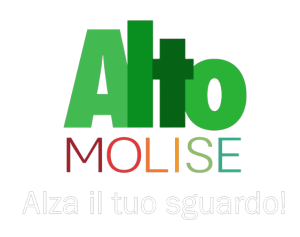

The “Walk of the Country Churches” is an outdoor trail of about 90 kilometers connecting 9 historical centers e 15 small churches scattered throughout the territory of Agnone, Belmonte del Sannio, Capracotta, Castel del Giudice, Castelverrino, Civitanova del Sannio, Pescopennataro, Poggio Sannita e Sant’Angelo del Pesco.
© The Way Of The Country Churches | Project | Credit | Privacy Policy | Cookie Policy | Contact
INITIATIVE FUNDED BY THE FEASR – European Agricultural Fund for Rural Development – PSR Molise Region 2014 – 2020

